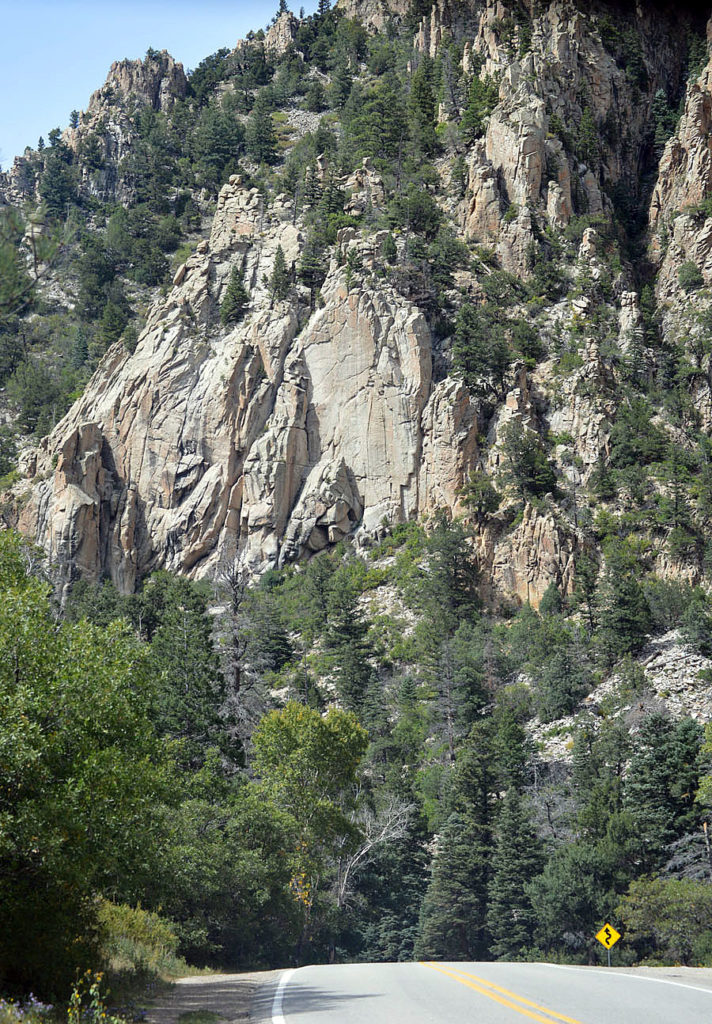
After leaving Taos there is one last range of the Sangre de Christo mountains to climb before descending via the Cimarron River gorge into the plains and the Llano.
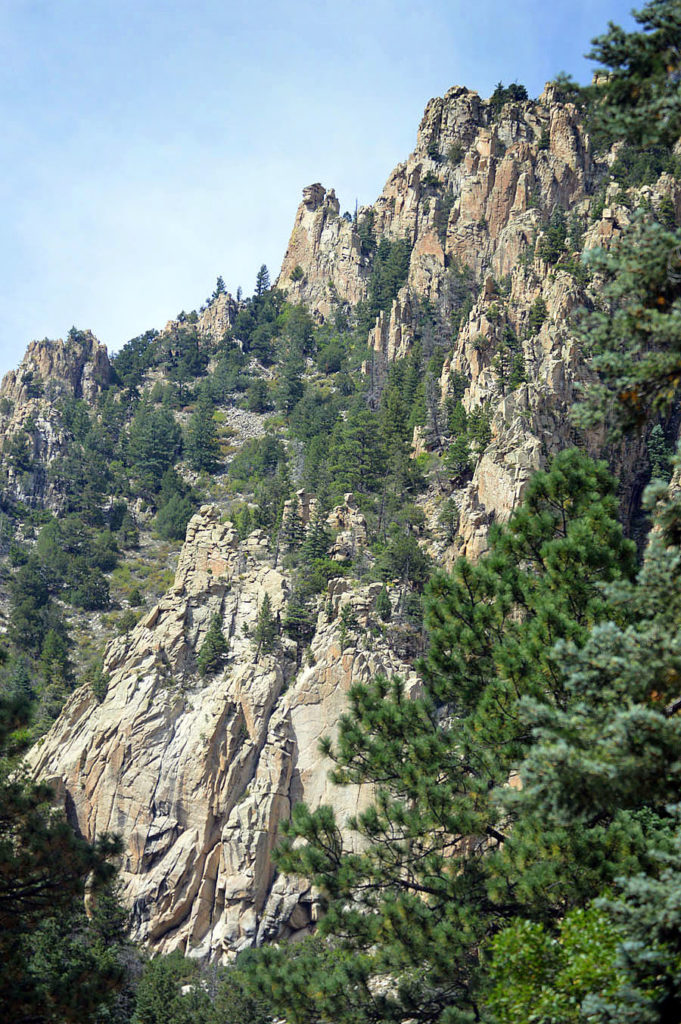
The Spanish called it the Llano Estacado commonly known as the Staked Plain.
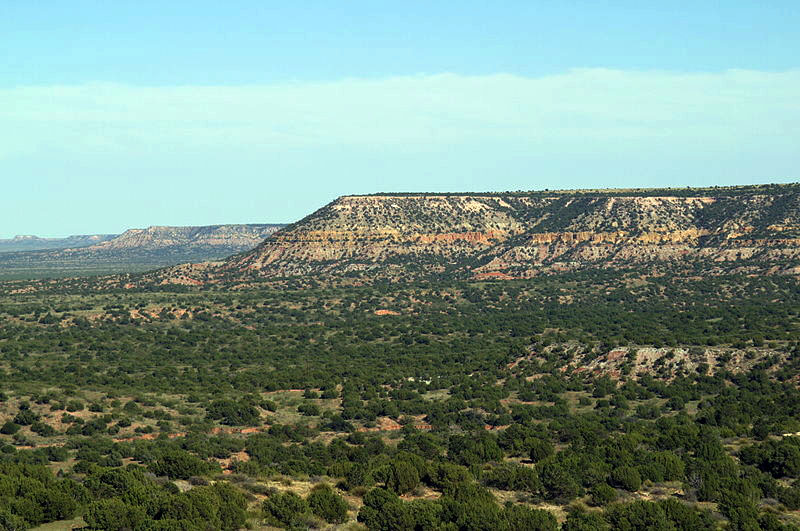
Spanish conquistador Francisco Coronado, the first European to traverse this “sea of grass” in 1541, described it as follows:
“I reached some plains so vast, that I did not find their limit anywhere I went, although I traveled over them for more than 300 leagues … with no more land marks than if we had been swallowed up by the sea … there was not a stone, nor bit of rising ground, nor a tree, nor a shrub, nor anything to go by”.
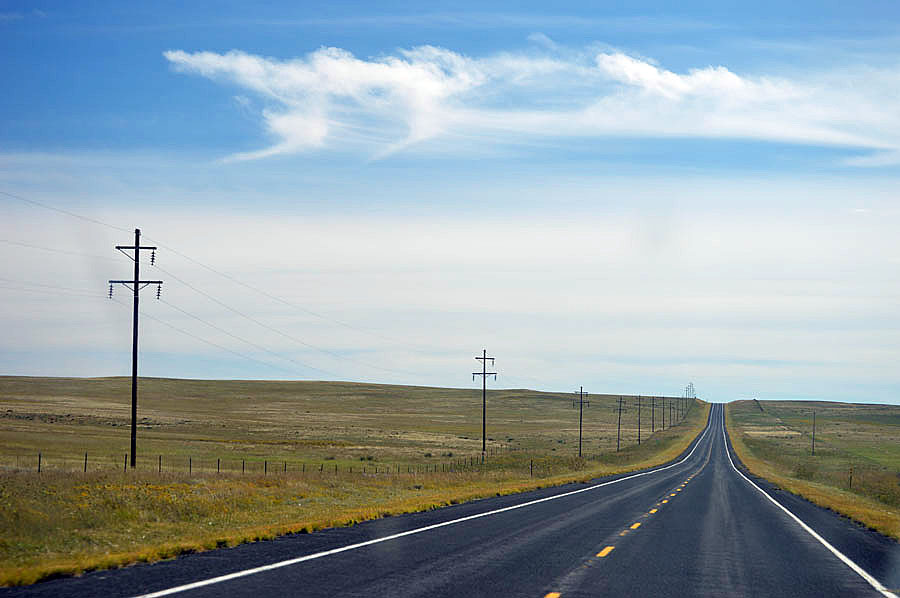
I found it unsettling myself driving hour after hour on a flat sea of grass with no geographic markers on the horizon. It is like being at sea with real sense of direction. Only the Sun gives one any orientation.
“When we were upon the high table-land, a view presented itself as boundless as the ocean. Not a tree, shrub, or any other object, either animate or inanimate, relieved the dreary monotony of the prospect; it was a vast-illimitable expanse of desert prairie …. the great Sahara of North America. it is a region almost as vast and trackless as the ocean — a land where no man, either savage or civilized permanently abides … a treeless, desolate waste of uninhabitable solitude, which always has been, and must continue uninhabited forever.”
General Randolph Marcy 1852
The grass gave way eventually to a sea of dust as one enters east Texas. The only break in that flatland is Palo Duro Canyon. A place that reveals the underlying red Permian sandstone .
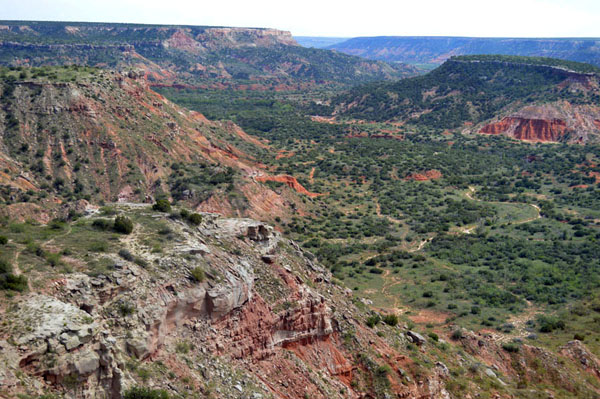
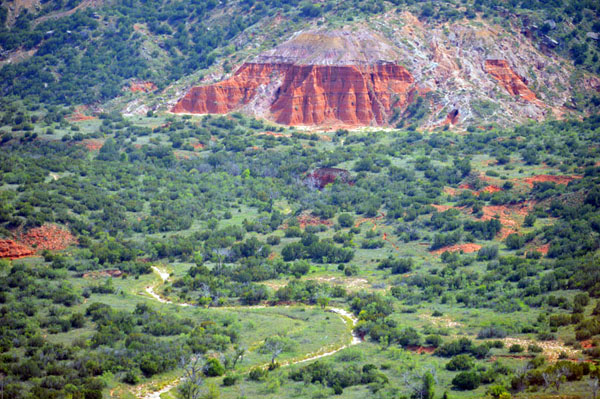
We then followed the the famous Route 66 now mostly absorbed into an Interstate freeway.
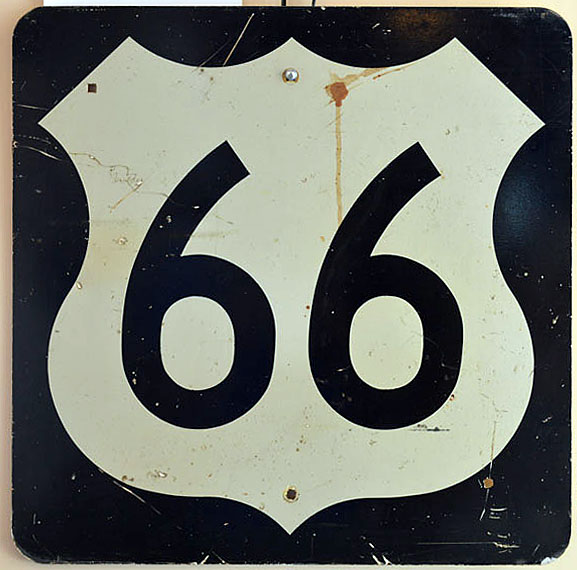
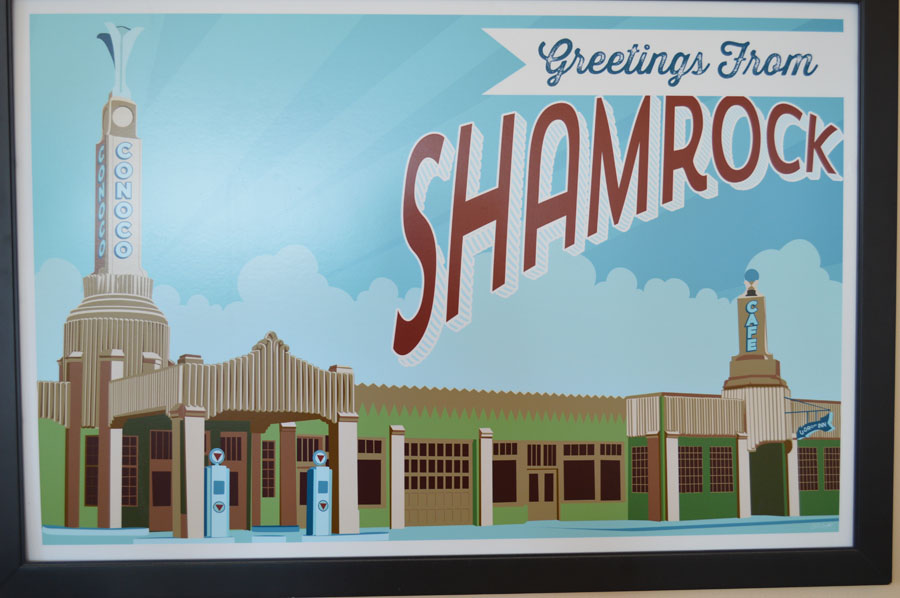
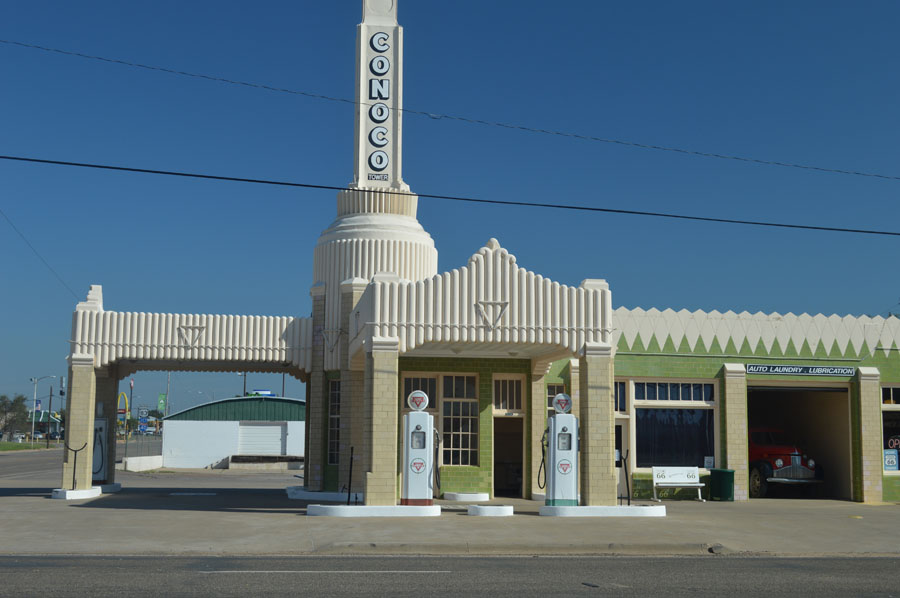
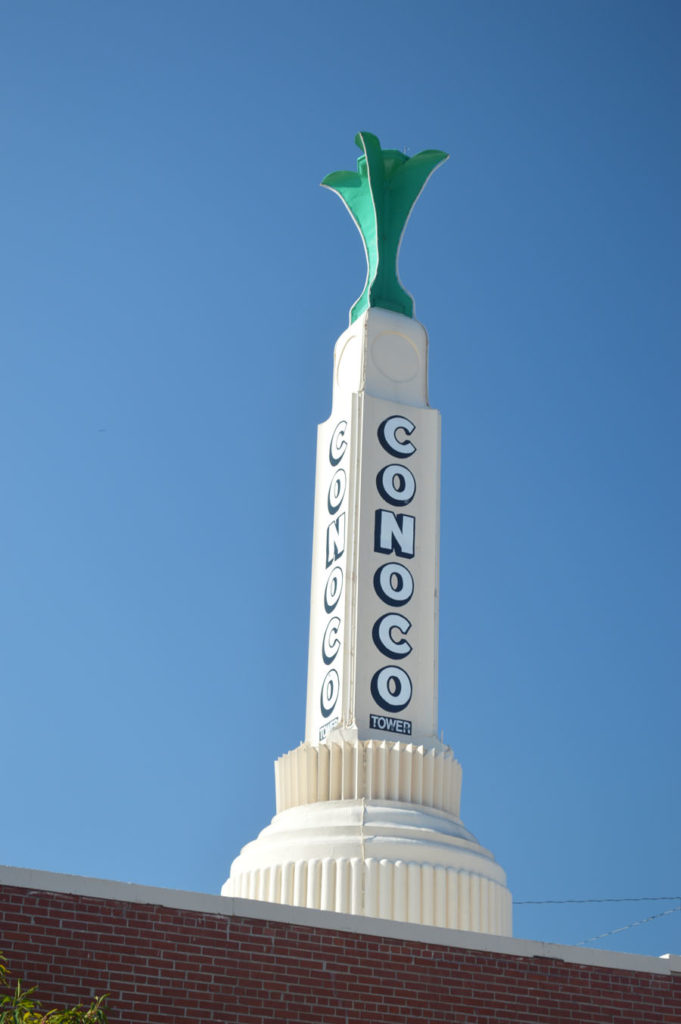
Out back of this art deco gas station in Texas along Route 66 -Tesla recharging stations !
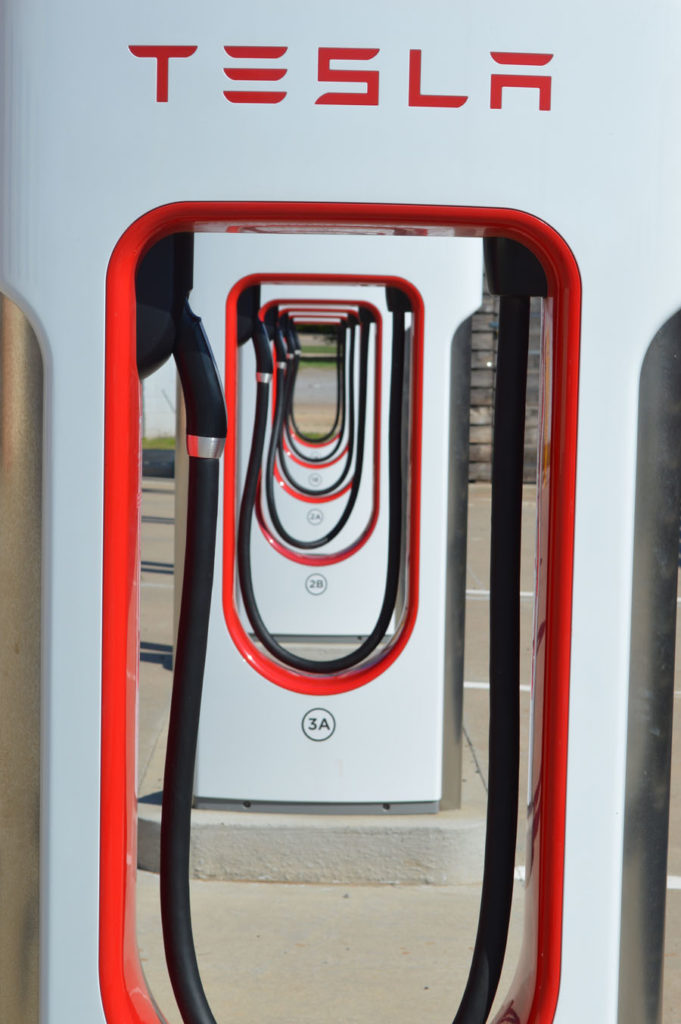
Below -End of this trip. The green rolling hills of Oklahoma which look really good after east Texas !
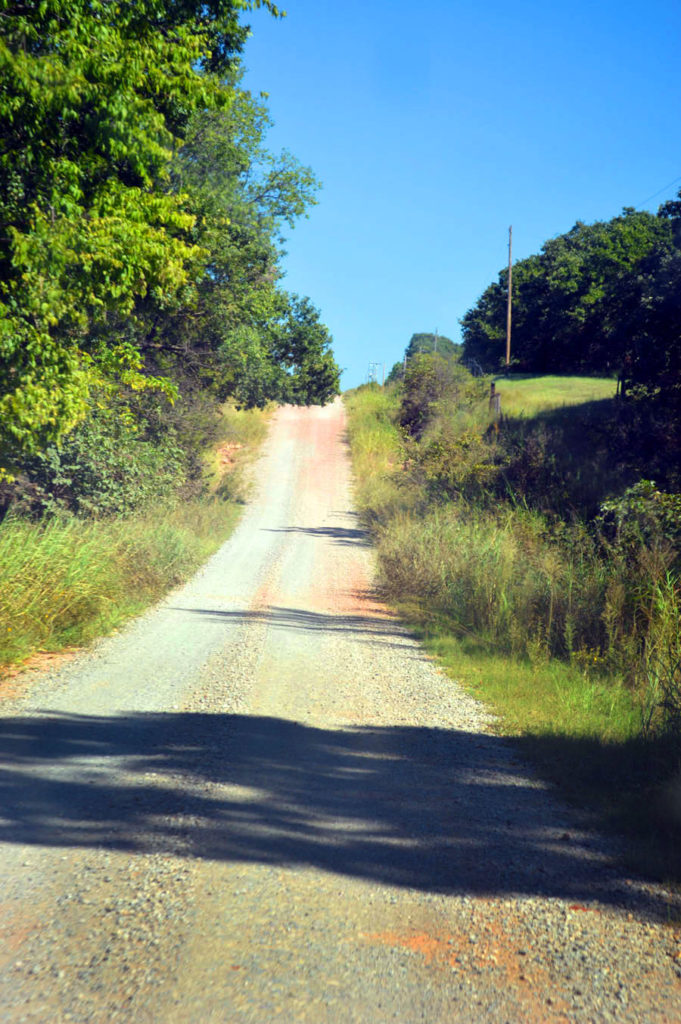
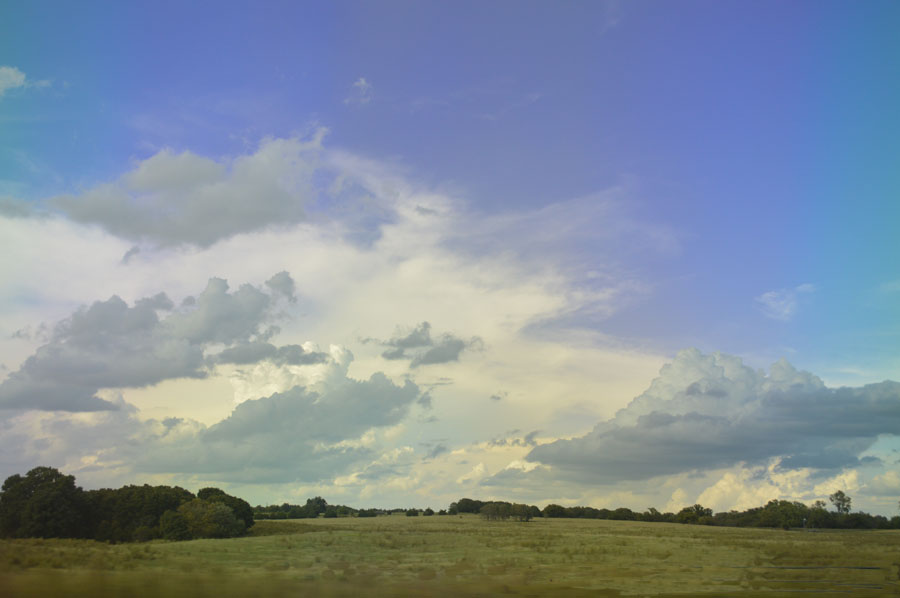
Originally posted Dec 2016